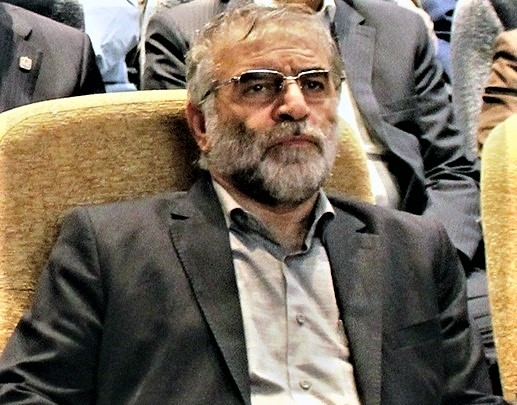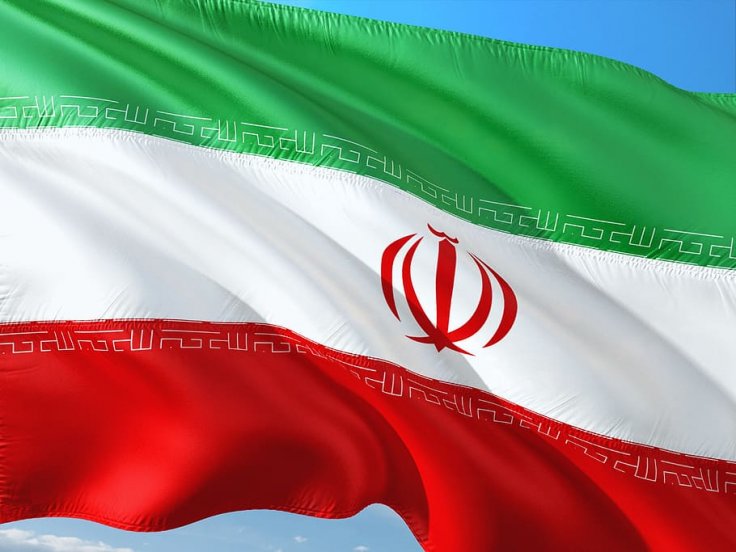A remote-control machine gun operated by a hit squad was involved in the gruesome killing of the alleged architect of Iran's nuclear weapons program Mohsen Fakhrizadeh on Friday, the semi-official Fars News Agency reported on Sunday. The remote-control machine gun was reportedly attached to a car that sprayed multiple bullets on Fakhrizadeh, killing him instantly.
Although there was a hit squad involved, the actual operation reportedly was carried out with very few human agents, a new kind of attack that has left the entire country shocked. However, there have been conflicting reports from Iran on how the attack actually happened but initial reports suggest that it was a well-planned assassination that involved technology to a great extent.
Shocking Attack

On Sunday, the Fars News Agency reported that the entire operation took place over a course of three minutes. Fakhrizadeh, a brigadier general in Iran's Islamic Revolutionary Guard Corps, was travelling with his wife in a bulletproof car to the resort town of Absard, east of Tehran on Friday when the attack took place. Fakhrizadeh is helmed as a key figure in the country's military development and research program, which Israel and the United States consider a rogue nuclear weapons program.
There were three other vehicles with security personnel accompanying him when Fakhrizadeh suddenly heard what sounded like bullet shots hitting one of the vehicles. He immediately got down from the car to check, when a remote-controlled machine gun opened fire from a Nissan that was parked about 150 meters from Fakhrizadeh's car, the news agency reported.
Even before Fakhrizadeh could realize that he was under attack, he was shot at least three times, twice in the side and once in his back, severing his spinal cord. One of his bodyguards was also seriously wounded. The attacking car, a Nissan, then exploded, the report said.
Well-Planned Assassination

Fakhrizadeh was immediately rushed to a hospital where he was pronounced dead. His wife also seems to have been killed in the attack, according to the news agency. However, nothing is confirmed as Iran officially hasn't confirmed the report.
"Based on reports received from members of his security detail, Fakhrizadeh's vehicle was initially targeted by gunfire, after which a Nissan vehicle laden with explosives was set off in close proximity to them as gunfire, targeting their vehicle, was continuing," Iranian Defense Minister Brigadier General Amir Hatami said, according to Iranian Students News Agency (ISNA).
The news agency also said that although there was a hit squad, there was no human involvement during the final attack. Photos and video shared online showed a sedan with bullet holes in the windshield and back window, blood pooled on the asphalt and debris scattered along a stretch of the road.
The news agency also reported that authorities have tracked down the owner of the Nissan, who left the country on October 29. However, the name of the owner wasn't mentioned in the report.
That said, many defense experts have cast doubts over the version of Fars News Agency citing that the photographs of the scene indicate precise gunfire aimed at Fakhrizadeh which is quite difficult for a remote control machine gun as that would have shot random gunshots. Other news outlets have also published contradictory accounts of the killing, including claims that dozens of Israeli operatives were involved.
Top Iranian officials, on the other hand, have been pointing fingers at Israel, with Supreme Leader Ayatollah Seyyed Ali Khamenei and others having vowed to avenge the killing of Fakhrizadeh. The United Nations and the European Union too have criticized the operation — without naming Israel — saying that it inflamed tensions in the region.









